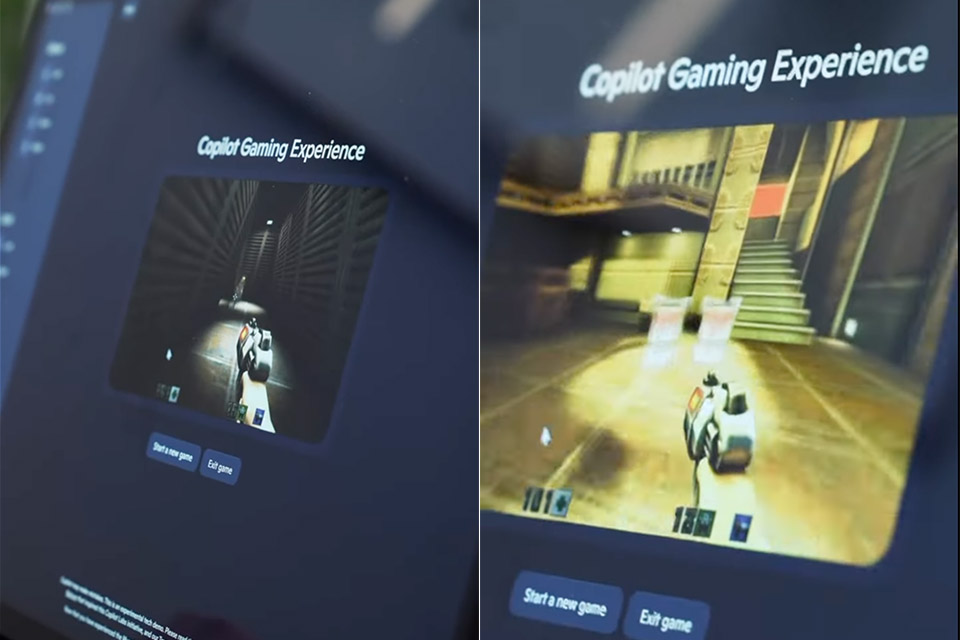AI Breakthrough: Classic Quake II Reimagined Through Machine Learning Magic

Microsoft Unveils AI-Generated Quake II Tech Demo
Microsoft has developed an innovative technology demonstration featuring an AI-generated version of Quake II, the classic first-person shooter originally released in 1997. The company utilized their Muse AI tool, which was previously showcased in early 2025 as a technology capable of generating game visuals and simulating gameplay.
This demo represents a significant advancement in AI technology, presenting a real-time, playable version of Quake II where every single frame is dynamically generated by artificial intelligence. The Muse tool, developed with collaborative support from Ninja Theory (an Xbox-affiliated team), was trained using comprehensive Quake II game data to breathe new life into the vintage game.
The demonstration highlights the potential of AI in recreating and reimagining classic video game experiences, showcasing how machine learning can transform and revitalize older gaming content with unprecedented visual and interactive capabilities.
